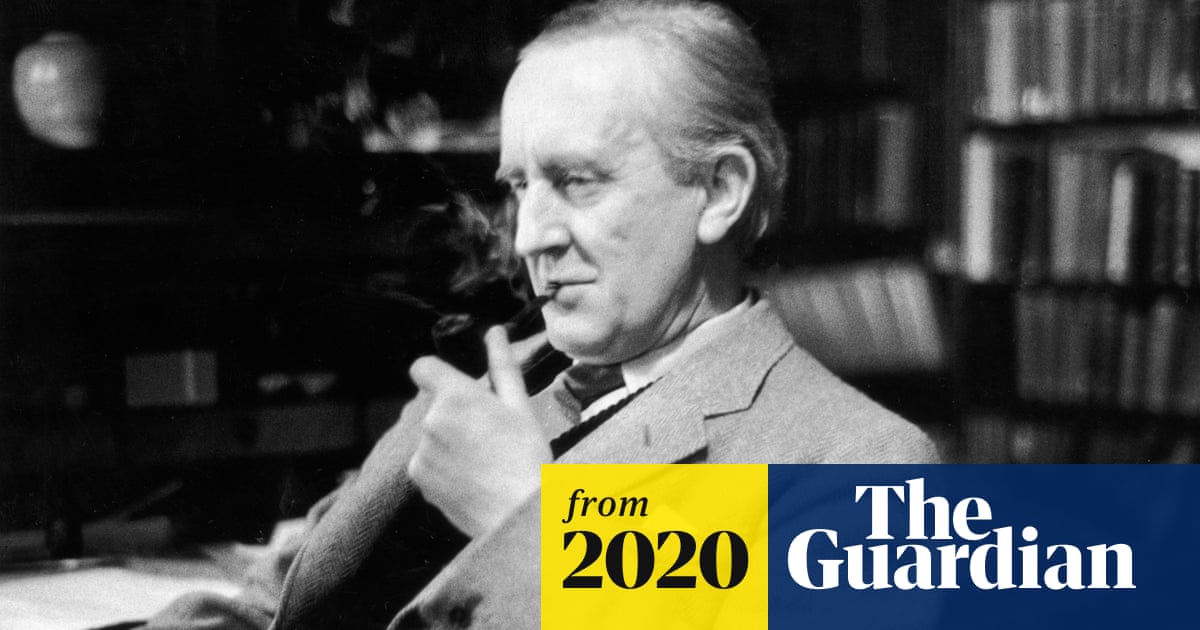Yes, Baylor -- here is what I wrote about Crockett's novel in the J. R. R. Tolkien Encyclopedia (2006).
In The Black Douglas (1899), S. R. Crockett (1859-1914), tells how William, eighteen-year-old Earl of Douglas, one of the most powerful men in Scotland in 1440, is captivated by la Joyeuse, the Lady Sibylla, who is under the spell of Gilles de Retz and a pawn in a scheme of French and Scottish lords. The Lady Sibylla at first seems almost to be a fay-woman. The “Black Douglas” proclaims his love and faith in the lady, who comes truly to love him, even to the moment when his enemies take his and his brother’s lives. A subplot concerns Sholto McKim, a master armorer, who though youthful speedily rises to knighthood, and his infatuation with Maud Lindesay, companion of Margaret, the earl’s little sister. These two are kidnapped and taken to France, where they are captives of the satanist Marshal Gilles de Retz. De Retz is aided by the werewolf-witch, le Meffraye, and a pack of savage, uncanny wolves. His hidden charnel-house, containing the tumbled remains of many child-victims, is described with a gruesomeness avoided by Tolkien. The Lady Sibylla, however, turns against the Marshal, and with her help, Sholto, who has become a true hero, Laurence, and their father rescue Maud and Margaret. There is much description of characters’ clothes and other medieval props, in the manner of Sir Walter Scott in his inferior works, in the first half of the novel. However, after the murder of the Black Douglas, the pace is brisker, and tension and a sense of the weird deepen.
Jared Lobdell, in The World of the Rings, asserts more than is justified by the evidence of the Tolkien letter he cites (#306), in claiming not only that the battle with the werewolves in Chapter 49 contributed to the fight with the wargs in The Hobbit (Chapter 6; the Crockett passage is quoted in The Annotated Hobbit), but that Tolkien acknowledged that Gilles de Retz was “the source of his creation of Sauron” (Lobdell 6). However, although Tolkien doesn’t say so, he might have modeled Sauron on the novel’s satanist in a few details. Both agents of wickedness command armies of wolves or even werewolves; both torture victims in their high towers. While Sauron seeks to enslave the free peoples of Middle-earth, however, Gilles de Retz desires renewed youthfulness. (He is a prematurely aged man in his mid-thirties when he is put to death.) The mailcoat that Sholto’s mother gives him in Chapter 39 “‘will lie soft as silk, concealed and unsuspected under the rags of a beggar,’” and “‘No sword can cut through these links’’ (281): it is possible that Frodo’s hidden mithril-coat owes something to this. Although Lobdell suggests that Tolkien’s style was influenced by Crockett’s, Tolkien’s assertion that he hadn’t looked at The Black Douglas since he was a boy (Letters 391), added to the inconclusiveness of the evidence Lobdell presents, undercuts this suggestion.


